Core Nutritionals' FURY pre-workout, long regarded as one of the most potent products in its category, is getting a redesign – and we're all about it. Originally available at The Vitamin Shoppe, it's now unleashed on the Core website and everywhere else.
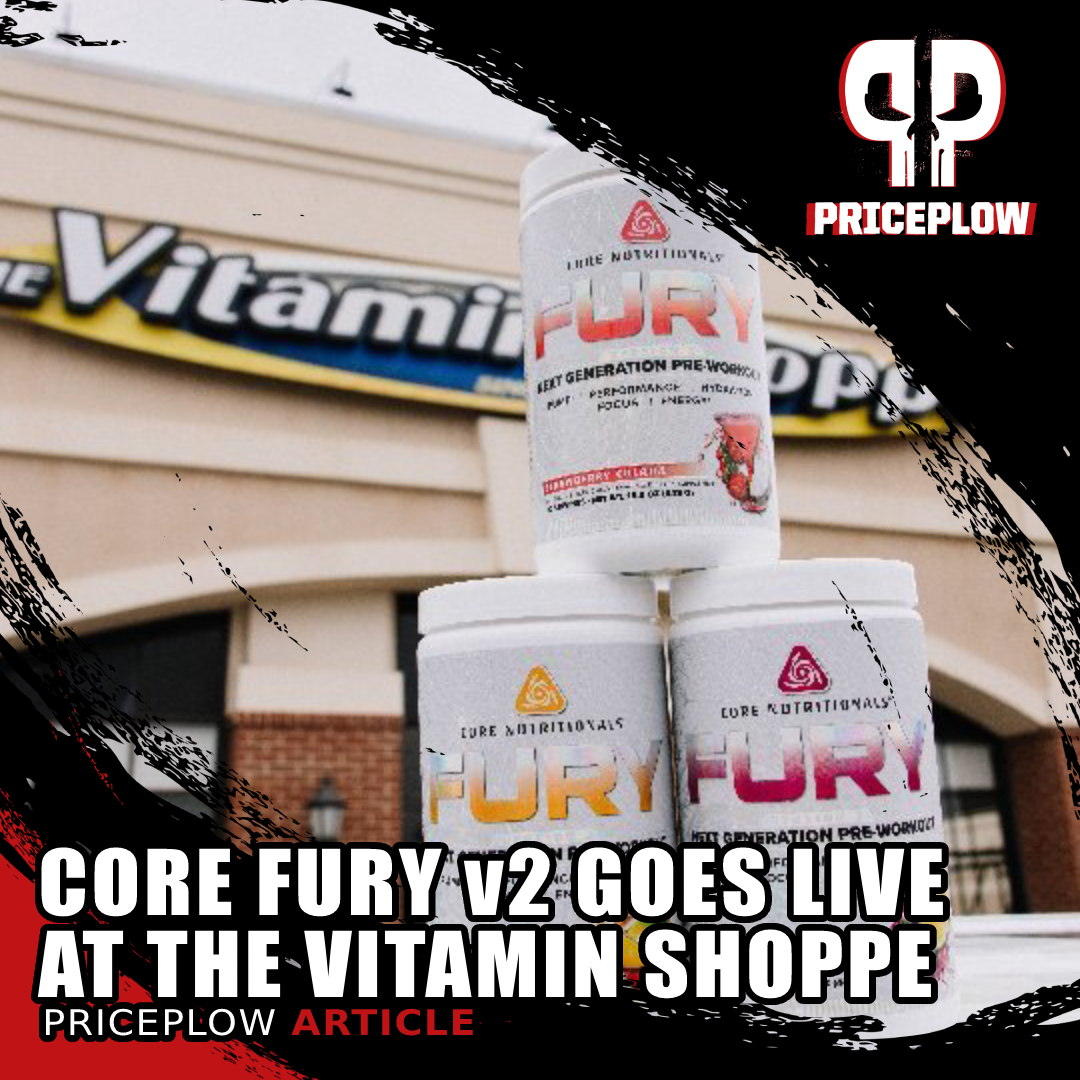
The Core Nutritionals FURY v2 Pre-Workout Supplement is here, and was first available at The Vitamin Shoppe! We dive deep on this one - very well-rounded, nootropic-heavy formula!
Core FURY v2: Packed with Five Blends, Time-Release Caffeine, and Tons of Nootropics
One thing we'd like to note about this pre-workout up front is that it's packed with nootropic ingredients. This reflects an awesome trend in the industry, where we see formulators increasingly persuaded of the importance that mood and cognition play in successful adherence to a demanding workout regimen.
We'd like to give a special shoutout to Core's continued use of pregnenolone, a long-overlooked ingredient whose hour we believe has come at last.
But that's just the start. A full two-scoop serving has 395 milligrams of caffeine in a phased blend, but the product's so strong, you don't need to go that high if you don't want to.
Let's get into the details, but first, we'll check the PricePlow news and deals:
Core Nutritionals FURY – Deals and Price Drop Alerts
Get Price Alerts
No spam, no scams.
Disclosure: PricePlow relies on pricing from stores with which we have a business relationship. We work hard to keep pricing current, but you may find a better offer.
Posts are sponsored in part by the retailers and/or brands listed on this page.
Note: In the above listings, double-check the label to make sure you're getting the version you want. The Strawberry Colada flavor is guaranteed to be the new version, so we've highlighted that one for now. The new version is now available in stores everywhere.
This area is reserved for Team PricePlow's upcoming Ingredients video.
Subscribe to our channel and sign up for notifications so you catch it when it goes live!
Core FURY v2 Ingredients
In a single 2 scoop (22.4 gram) serving of the new FURY from Core Nutritionals, you get the following:
-
FURY PUMP BLEND
Most lifters chase the pump, a condition where blood and water flood into your muscles, which both helps nourish them and makes them look great. A pump is worth chasing because it feels great, looks great, and helps support muscle growth.
The three ingredients in the PUMP blend can all help increase the amount of nitric oxide in your blood, which triggers vasodilation and improves circulation.
-
L-Citrulline – 6,000 mg
We love citrulline because of its ability to significantly increase nitric oxide production,[1] and we've written about it in that capacity many times before.
As a conditionally essential amino acid, citrulline is produced by your body in limited amounts. Your metabolic requirements for citrulline and the other conditionally essential aminos are liable to go up when you're dealing with stress, a category that intense training programs definitely fall into. At that point, you might need a little supplementation to cover the gap between the amount your body needs and the amount it can produce.
Here's how citrulline gets converted to NO within the arginine citrulline cycle:
The Arginine Citrulline Cycle with a breakout showing the arginine-to-nitric oxide reaction. Image courtesy Wikimedia with added biochemistry sources.[2,3]
It gets converted into arginine first, and then the arginine gets converted into NO. Looking at this, you might wonder: why not just take arginine instead? It seems like it would be more efficient, but it isn't because the oral bioavailability of arginine is much lower than that of citrulline.[4,5]
Extra NO is a great thing to have going into workouts because NO, like we said, will help give you the pump you're looking for, thanks to its ability to induce vasodilation, a phenomenon where your blood vessels expand, which improves circulation.
During vasodilation, your heart can move the same amount of blood with less effort, because your arteries are offering less resistance. This means your blood pressure and resting heart rate will both decrease – and you'll be able to work harder than usual in any given heart rate zone.[6-8]
Needless to say, this can come with some impressive benefits for athletic performance. With your cardiovascular system working more efficiently, oxygen and nutrients get delivered to muscle cells more efficiently, and cellular-metabolic waste is removed more efficiently.
This can help you not just perform better, but recover faster as well.
The research on citrulline has shown that supplementing with this conditionally essential amino acid can:
- Improve muscular and aerobic power by increasing oxygen uptake[9]
- Increase athletic endurance – by as much as 50%![10]
- Decrease post-exercise muscle soreness[10]
- Upregulate growth hormone (GH) secretion[11]
- Inhibit the breakdown of protein and muscle tissue during exercise[12]
- Amplify the anabolic response to exercise[13,14]
The citrulline-ornithine connection
Citrulline is famed as an NO booster, but it has another interesting effect that isn't often discussed: it can increase the amount of ornithine in your blood.[15]
Ornithine, another amino acid, can help remove ammonia from your tissues.[15] Since ammonia buildup is a factor in both mental and physical fatigue, this is one way that citrulline can help boost endurance.
Ornithine can also have beneficial effects on your cortisol-to-DHEA ratio, which was found in one study to promote better sleep,[15] something that always helps recovery.
Citrulline dose used
We see doses ranging anywhere from 3 grams up to 10 grams used in pre-workouts, and this range has been validated over and over again as efficacious.[16] This 6 gram dose is very good – you'll definitely feel it. But we're not done with pumps yet.
-
Vasodrive-AP (hydrolyzed casein) – 254 mg
VasoDrive-AP is a mixture of two milk proteins sourced from the casein fraction of milk: isoleucyl-prolyl-proline (IPP) and valyl-prolyl-proline (VPP).
These proteins have been shown to promote vasodilation – but not by affecting your body's production or concentration of NO.
Instead, what these proteins do is inhibit vasoconstriction, the opposite of vasodilation, by inhibiting a key enzyme known as angiotensin-converting enzyme (ACE).[17]
There's not a ton of athletic research on this specific ingredient, but the research we have on casein-derived lactotripeptides so far -- which includes a meta-analysis of 33 trials -- shows that VasoDrive is in the same league as much more extensively used NO boosters. People who supplement with VasoDrive show substantial drops in blood pressure, with effect sizes in the same ballpark as what you'd expect from something like citrulline.[17]
We love seeing this paired with NO boosters, because generally speaking, gains diminish on ingredients that are stacked to target the same mechanism. In other words, throwing a ton of NO boosters together for vasodilation isn't necessarily efficient, because you'll start running into the upper limit on the amount of NO your body's willing to produce.
But targeting a different mechanism with the same effect (i.e. inhibiting vasoconstriction) will probably avoid that pitfall, giving us nice synergy between ingredients.
And on that note, it's time to look at a third mechanism, with a newer ingredient we're very excited about:
-
CitraPeak (glucosyl hesperidin) – 200 mg
Hesperidin is a flavanone glycoside that is found in citrus fruits. Oranges are particularly rich in hesperidin.
This is another NO boosting ingredient,[19,20] capable of improving circulation to such an extent that it can actually improve facial color in women who have certain skin conditions,[20] while also increasing the surface temperature of the skin.[21] These two effects both imply a powerful ability to trigger vasodilation.
When ingested, hesperidin gets metabolized into hesperetin, a flavonoid that upregulates endothelial nitric oxide synthase (eNOS), the enzyme responsible for generating nitric oxide in your arteries.[19]
CitraPeak is a trademarked preparation of hesperidin that is standardized specifically for these vasodilatory effects.[18] What makes it different from ordinary hesperidin is that it's actually glucosyl-hesperidin, which has been shown in animal studies to be nearly 4 times more bioavailable than generic hesperidin.[22] According to preliminary data on CitraPeak, it can take effect as soon as 30 minutes after ingestion.[18]
A graph showing the impact of a 200 mg CitraPeak dose on blood flow.
One study showed that supplementation with glucosyl-hesperidin can significantly reduce triglyceride blood levels in 6 months.[23] This study shed some light on the mechanism behind CitraPeak's superior bioavailability, stating that "G-Hesperidin is very soluble in water, and its solubility is about 10,000 times greater than that of conventional hesperidin".[23,24]
The benefits of hesperidin aren't limited to its effects on NO – it can also help protect skin against damage from ultraviolet light exposure, fight systemic inflammation, improve insulin sensitivity, and more.[25] A very cool ingredient many brands are sleeping on - but not Doug Miller and his team at CORE Nutritionals.
-
-
FURY Performance Blend
These ingredients are here to help you push yourself harder than you thought possible. All three of these have some type of ergogenic effect.
-
Beta Alanine – 3,200 mg
Beta-alanine is a great endurance booster. It's been part of the supplement formulator's arsenal for almost as long as there's been a pre-workout industry, and we can't see it falling out of favor any time soon. It just works, and is backed up by two large meta-analyses[26,27] and a systematic safety assessment.[28]
Beta-alanine reacts with the essential (but abundant) amino acid L-histidine to form a dipeptide called carnosine, which concentrates in muscle tissue where it functions to buffer lactic acid.[29] This matters because lactic acid accumulation is a major factor in muscular fatigue and, eventually, failure, so getting rid of it can help extend athletic endurance.
So why not supplement with carnosine instead? The answer is that carnosine is not very orally bioavailable – but its precursor beta-alanine is. Of course, your body also needs histidine to make carnosine, but this isn't really a concern since histidine is abundant in tons of common foods.
Because of histidine's abundance, beta-alanine is almost always the limiting factor in your body's carnosine production.[30,31] So for all intents and purposes, the more beta-alanine you take, the more carnosine your body can synthesize.
We're interested in section (B) here, where beta alanine alone shows great results compared to placebo.[27]
Research on beta-alanine shows that it can:
- Increase time to exhaustion[26,32]
- Increase power output[33]
- Improve body composition[34]
Two big meta-analyses of beta-alanine found that it works best when used for exercises lasting between 30 seconds and 10 minutes.[26,27]
Beta-alanine tingles and dosing
The 3.2 gram dose used here is the most widely used and studied, so rest assured it's been validated.[26,27]
Most people experience a tingling sensation when taking beta-alanine – don't worry, this has been checked out by researchers who concluded it's harmless.[28]
-
Betaine Anhydrous – 2,500 mg
Betaine, also known by its chemical name trimethylglycine (TMG), is an ergogenic aid that helps promote cellular energy (ATP) production by acting as a methyl donor.[35]
A landmark 2013 study showed that 2.5 grams of betaine every day can have profound effects on body mass and strength[36,37]
Methyl donors do exactly what their name implies – they serve as carrier molecules for methyl groups that play a key role in tons of metabolic processes. One particularly important role for methylation is to help manage your blood homocysteine levels, which is key to maintaining good cardiovascular health in the long run.[38]
Betaine is also an osmolyte. Osmolytes help induce a state called cellular hyperhydration, in which higher-than-normal osmotic pressure around your body's cells forces extra water into them. The extra cellular hydration comes with better access to nutrients,[36,39] and greater resilience to heat stress, which can be a concern during intense workouts.[40]
There are plenty of research studies demonstrating betaine's ability to improve heat resistance, extend endurance, and even increase power output,[41-46] but one particularly interesting study from 2013 showed that 2.5 grams of betaine – the same dose used in CORE Fury – when taken daily, can cause 5.3 pounds of muscle gain and 6.4 pounds of fat loss in a six week period.[36,37]
A similar study conducted in 2018 found that in college-aged women, pairing 2.5 grams of betaine with a strength training program produced 4.4 pounds of body fat loss in eight weeks.[47]
So betaine doesn't just enhance performance and muscle gain – it also facilitates fat loss, and works in both men and women. And if taken with enough water, we argue it will also contribute to the pumps through a separate hydrating mechanism alongside citrulline, CitraPeak, and VasoDrive.
As is the case with any osmolyte, betaine will work best when consumed with plenty of water.
-
Senactiv (Panax notoginseng (root) and Rosa roxburghii (fruit) (extracts) – 50 mg
Senactiv is a patented nutraceutical extract developed by NuLiv Science. It's sourced from Panax notoginseng and Rosa roxburghii, also known as ginseng and chestnut rose, respectively.
Senactiv functions primarily as a senolytic agent, which means it helps your body break down old, dead, or dying cells in order to make way for younger, healthier (and thus, more functional) cells. In other words, Senactiv can help your body burn off its cellular dead wood, which aids your body's process of metabolic self-renewal.
So far, we have six high-quality studies on Senactiv and its bioactive constituents – four in humans and two in vivo.[48-53]
The most striking of these found that people who took one of Senactiv's ginseng-derived components showed fewer signs of muscle damage, replenished glycogen faster, and had a much lower burden of inflammation following an intense workout.[48]
Out with the old, in with the new. Regenerate senescent cells and improve performance with NuLiv Science's Senactiv
Perhaps most impressively, their time to exhaustion during a cycling test conducted at 80% VO2max was increased by a whopping 20% compared to the placebo group.[48]
-
-
FURY Hydration Blend
Hydration, hydration, hydration – in recent years, we've heard so much about the importance of maintaining proper fluid and electrolyte balance that it's old news to most of us. In fact, Core Nutritionals recently put out a phenomenal electrolyte supplement in Core HYDRATE.
What too many people still don't know, though, is that there's much more to proper hydration than just drinking a ton of water. In fact, under certain circumstances plain water can make dehydration worse.
The ingredients in this blend can help you avoid dehydration and the pitfalls people typically encounter during their attempts to re-hydrate.
-
Taurine – 2,000 mg
Taurine is an all-around awesome ingredient, with tons of different benefits for human health.[54]
In the context of this hydration blend, the first thing you should know about taurine is that it is, like betaine, an osmolyte.[55] As such, it facilitates cellular hyperhydration. This comes with all the benefits we discussed earlier, like improved cellular hydration, cellular access to nutrients, and most importantly, endurance.[56]
According to one 2018 study, a 1-gram dose of taurine, taken just before a workout, is enough to give you the endurance-boosting effects we want from taurine – so it's pretty awesome to see a gram dose in CORE Fury.[56]
Taurine's ergogenic effects
CORE Hydrate is here, and it's a serious electrolyte supplement, with massive doses of potassium, sodium, and chloride... and so much more in one little stick pack! Inside, we call this "The Doug Miller of Electrolytes" because it goes way above and beyond what's normal
Taurine is also a powerful antioxidant[57,58] that's especially good at defending your all-important mitochondria from oxidative stress.[58] Since your mitochondria produce all your body's cellular energy, keeping them working properly is of paramount importance.
One thing we've learned from writing about ATP supplements in recent months is that cellular energy production is a major factor in arterial health, so it makes perfect sense that animal studies show taurine can reduce an individual's risk of hypertension.[57]
Taurine's cardioprotective effects are so profound that one 2018 study describes it as "an effective therapy against congestive heart failure."[59]
Taurine can also help facilitate calcium signaling in muscle cells, which is important for healthy exercise.[60]
Taurine's effects on brain health
In the brain, taurine mimics the action of the neurotransmitter gamma-Aminobutyric acid (GABA), making taurine a "GABAergic" compound. The GABAergic compounds are inhibitory, meaning they calm neurons down by decreasing certain types of neural activity.[61] This naturally helps decrease neuroinflammation,[62] which can help you preserve your cognitive and emotional abilities in the face of stress
Taurine also drives mitochondrial biogenesis in neurons.[61]
Anecdotally, PricePlow customers often report that taurine helps smooth out the effects of stimulants like caffeine, which we believe is probably related to taurine's anti-excitatory properties. This is one reason why the taurine and caffeine combination is becoming increasingly popular in the energy drink market.
Taurine can also help upregulate dopaminergic signaling,[63] which can help with focus, motivation, mood and felt energy.
Taurine upregulates brown adipose tissue (BAT)
Taurine can also increase your body's ratio of brown adipose tissue (BAT) to white adipose tissue (WAT),[64] which matters because BAT burns more calories than WAT.[65] Taurine can even prevent new WAT cells from growing while allowing BAT cells to proliferate.[66]
The best part is that BAT burns fatty acids and glucose alike as heat, meaning that carrying more BAT can improve your blood glucose and triglyceride levels.[67]
Ultimately, all of this makes it easier to lose fat and keep it off.
Taurine dose?
We like the bigger dose because the most up-to-date meta-analysis of the taurine research we've found indicates that taurine's effects are dose-dependent.[68]
The same meta-analysis proposes that taurine doses up to 10 grams daily should be regarded as safe for human consumption.[68] We aren't recommending that you supplement with that much taurine just yet, but we definitely appreciate seeing a bit more taurine than the standard 1 gram dose that the supplement industry has been stuck on for a while.
The energy drink market has also been converging to a higher dose of taurine, so CORE's decision to offer this 2 gram dose is consistent with emerging trends, and we hope more of the industry will follow suit.
-
Albion Potassium Glycinate Complex – 395 mg
Potassium is is an essential mineral that's important for cardiovascular health.[69]
Much of health comes down to mineral balance, with pairs of minerals acting antagonistically towards each other. That's the case with potassium and sodium – research indicates that many benefits ascribed to decreased sodium intake have more to do with increasing your potassium to sodium ratio.[69,70]
That is, with a higher potassium to sodium ratio you can expect to see lower blood pressure and a decreased risk of heart disease.[69,70] On the other hand, low sodium to potassium ratios are associated with high blood pressure and increased risk of heart disease.[71-75]
So although there are certainly cases where decreasing sodium intake may be advisable (talk to your doctor about it!), you might also consider increasing your potassium intake instead.
One reason for this is that it's very difficult to get adequate potassium while minimizing sodium intake, simply because potassium and sodium both naturally occur in most foods.[76,77]
Is potassium a performance booster? Vasodilation and nitric oxide (NO)
Although there isn't much research on the connection between potassium intake and athletic performance, we would like to point out that in theory, anything that improves cardiovascular function can be expected to help you perform better.
A flow chart of how the modern western diet negatively affects sodium/potassium interaction, leading to poor health consequences.[78] We argue that potassium is needed for better pumps!
We know that a high potassium intake can help increase vasodilation by polarizing endothelial cells,[78-80] and given what we've said about vasodilation thus far, it seems the benefits would follow potassium-driven vasodilation just as much as NO-driven vasodilation.
And as a matter of fact, there's evidence showing that potassium can upregulate NO production![81,82]
Potassium and bone health
Potassium is also potentially good for bone health, as high potassium intakes are associated with improved calcium retention.[83,84]
Albion TRAACS glycinated minerals
We love seeing the Albion TRAACS (The Real Amino Acid Chelate System) minerals used, as here in CORE Fury, because binding minerals to glycine significantly improves their bioavailability.
Animal studies on mineral absorption show that, in general, glycinated minerals are significantly more bioavailable than other mineral supplements.[85,86]
-
Sea Salt – 260 mg
Sea salt is a good source of sodium, an essential electrolyte mineral that we tend to lose in sweat.[87] We won't get into the controversy over sodium here, so let's just say that if you're using this product as intended, and taking it before your workouts, sodium is very beneficial and we can likely handle a lot more.
Another wild add-on to consider for even more blood flow: Core PEAK capsules
For instance: One study found that a single hour of playing soccer in the heat caused teenage athletes to lose about 1,900 mg of sodium.[88]
Working out in an air conditioned gym will definitely cause you to sweat less, but still, we'd expect any amount of sweating to remove at least 200 or 300 mg of sodium from your blood, so this is a solid replenishment.
As always, we like to refer to the 2007 paper titled "The Importance of Salt in the Athlete's Diet".[87]
And if you want to get more electrolyte enhancement, take a look at our article on Core Hydrate - you honestly won't find a better electrolyte supplement.
-
-
FURY Focus Blend
Supplement formulators are increasingly realizing that peak performance in the gym isn't just about physical readiness – the mental side of things matters, too. Having better focus, mood and perceived energy levels will help almost anyone get more out of their workouts, and fortunately for us, there are plenty of great nootropic ingredients to help us get there. That's what the FURY Focus Blend is all about.
-
L-Tyrosine – 2,000 mg
Tyrosine is an amino acid that tends to collect in your neural tissue.
It's easy to see why we like tyrosine so much - its derivatives bring the intensity and focus! Image courtesy Wikimedia
As a precursor to catecholamine neurotransmitters like dopamine and adrenaline,[89] tyrosine can help increase your production of these neurotransmitters when taken supplementally. More dopamine, in particular, can help improve your mood, hone your focus, and even boost athletic performance while making you more resistant to the negative effects of stress.[89]
Tyrosine supplementation has such a pronounced effect on neurotransmitter balance that it can actually improve working memory[90] and cognitive flexibility,[91] a measure of multitasking.
Just 100 milligrams of tyrosine is enough to substantially increase your tyrosine blood levels for seven hours after being ingested.[92-95] We have 20 times that dose in CORE Fury, so rest assured the tyrosine is dosed efficaciously.
Tyrosine is especially good at preserving your mental abilities during sleep deprivation.[96]
Tyrosine-thyroid connection
Of course, we love ingredients that can help us with our workout the same day we take them, but generally speaking, people who train are on a pretty long-term program. What about supporting recovery between workouts, in order to improve your adherence to your exercise plan in the long run?
Your thyroid is a big factor in exercise performance[97] and recovery,[98] and strenuous exercise can potentially interfere with thyroid hormone production.[99] So supporting your thyroid is a good way to preserve or even improve your exercise tolerance, helping you stay on track to meet your goals.
Long story short: No iodine or tyrosine, no thyroid hormone synthesis. Get enough iodine and tyrosine in!!
Where tyrosine comes in is as a thyroid hormone precursor. It's a precursor to both thyroxine and triiodothyronine,[100] your body's two primary thyroid hormones. In fact, at least one animal study has linked tyrosine deficiency to inadequate thyroid hormone production.[101]
Impairments in thyroid function can keep you from reaching your body composition goals as well – a slower thyroid means a lower basal metabolic rate, and fewer calories burned daily, which makes fat loss harder (and fat gain easier).[102]
If you're on any kind of restrictive diet to meet those body composition goals, tyrosine can potentially help you prevent the drop in thyroid hormone associated with decreased food intake.[103]
-
Alpha-GPC 50% – 300 mg
Alpha-GPC, also known as alpha-glyceryl phosphoryl choline, is a special form of choline. Choline is an essential B vitamin required for the synthesis and maintenance of the phospholipid bilayer membranes that enclose the contents of all your body's cells.[104]
Choline's nootropic effects follow from its status as a precursor to the neurotransmitters acetylcholine[105] and dopamine.[106] As we discussed earlier in this article, dopamine is crucial for focus, motivation, and mood.[107]
Acetylcholine on the other hand is primarily a learning neurotransmitter, which facilitates inter-neuronal communication and long-term potentiation (the mechanism behind memory consolidation).[108,109]
But acetylcholine can affect motor skills as well – higher acetylcholine levels are associated with better coordination, balance, and psychomotor vigilance, which means that acetylcholine helps your body establish a rock-solid mind-body connection that can make exercise easier and more rewarding.[109,110]
Choline is also a potent methyl donor, helping drive metabolic processes all over your body (including neurotransmitter production).[111] Deficiency in choline can give rise to nonalcoholic fatty liver disease (NAFLD), a condition in which impaired liver function causes insulin resistance, high blood glucose, and perhaps even type 2 diabetes.[112]
-
Cocoabuterol Cocoa Extract (Theobroma cacao L.) (seed) (std. to 50% coca alkaloids) – 100 mg
Cocoabuterol is a cocoa extract, designed for high bioavailability and standardized to contain at least 50% cocoa alkaloids by weight.
These alkaloids have the power to decrease appetite, increase energy, upregulate thermogenesis (a process in which your body burns calories as heat), and elevate mood.[113,114]
Chief among these alkaloids is theobromine, which resembles caffeine in its mechanisms of action. Theobromine inhibits phosphodiesterase, and blocks adenosine receptors, the significant of which we'll get into in greater detail down in the caffeine section of this article.
Speaking of cocoa... a sustained release protein blend and low glycemic carbs in Core MRP will keep you full for hours.
For now, just know that blocking the action of adenosine can increase alertness and potentially motivation, while inhibiting phosphodiesterase can speed up your metabolism by increasing cellular energy production.[113,115,116]
Theobroma cacao also contains polyphenol antioxidants, as well as other alkaloids, all of which have anti-inflammatory, cardioprotective, and antioxidant properties.[113,114]
Why is cocoa nootropic in Core FURY?
Theobromine, epicatechin, and other bioactive constituents of the cocoa plant have been shown to upregulate dopamine function,[117] which can bring all the dopamine-related benefits we've discussed thus far.
Besides improving mood and cognition, cocoa can even exert neuroprotective effects, helping defend your precious neurons from the metabolic insults caused by mental or physical stress.[117]
-
Pregnenolone – 10 mg
Most of us haven't heard of pregnenolone before, but we think this pro-hormone is poised to be an upcoming nootropic ingredient in the sports nutrition corner of the industry. And Doug Miller's been using it in Core FURY all along.
By pro-hormone, we mean that pregnenolone is the precursor to all of your body's steroid hormones – including not just testosterone, but also neurosteroids like DHEA.[118]
Pregnenolone is the starting point of all steroid and neurosteroid synthesis.[118] Annotation in red ours.
In fact, pregnenolone itself is considered a "neurosteroid" – but it's important to understand that when you take pregnenolone, you aren't just getting the benefits of the pregnenolone. You're giving your body the raw material it needs to synthesize all of these steroid hormones, as needed based on feedback from your environment.
The neurosteroids are important components of your body's stress response mechanism, and exert broadly neuroprotective effects, helping defend your neurons against stress-induced cellular damage.[118]
Pregnenolone is dopaminergic,[119] and progesterone, one of the main pregnenolone metabolites, has been shown to upregulate brain-derived neurotrophic factor (BDNF), a protein that helps neurons grow and connections between neurons strengthen.[120]
Animal studies have shown that pregnenolone can also upregulate acetylcholine and improve spatial intelligence.[121]
This is an ingredient that was in the original Core FURY that we're extremely happy to see again. Don't sleep on this nootropic blend!
-
FURY Energy Blend
It's a long-standing tradition for pre-workout supplements to contain a hefty dose of caffeine or some other stimulant, and CORE Fury exemplifies it. If you're going to two-scoop it to get all of the doses discussed above, you're going to end up with 395 milligrams of total caffeine from three sources.
This blend isn't just about central nervous system stimulation though – some of these ingredients also stimulate increased cellular energy production, which is a key support for intense physical efforts.
-
Caffeine anhydrous – 250 mg (of 395 mg total caffeine)
Most of us use caffeine because it gives us "energy" – or at least, we feel that it does. But what is energy really? There are a couple of specific answers to this question.
The first is that caffeine inhibits the action of a nucleotide called adenosine, which accumulates in your brain while you're awake and makes you feel tired as it builds up. Caffeine does this by blocking the adenosine receptor, meaning that the adenosine in your brain can't exert its usual pro-fatigue effects.[122,123]
But besides just fighting fatigue, caffeine can also give you more energy in a more literal, mechanistic sense by increasing your cells' ability to produce energy.
Caffeine inhibits an enzyme called phosphodiesterase, which is responsible for degrading cyclic adenosine monophosphate (cAMP).[122,123] cAMP is one of the messenger molecules that tells your cells to burn sugar and fatty acids for energy, so upregulating cAMP via phosphodiesterase inhibition can ultimately increase your body's metabolic rate by cranking up cellular energy production.[124]
Release fatty acids and use them
Caffeine is particularly useful for increasing your body's rate of fat burning. Some research has found that higher caffeine use in the elderly can increase serum-free fatty acids by as much as 50%![125] What's this mean? It means it's time for you to burn those fatty acids before they reattach - perfect for your workout!
Caffeine and performance
Caffeine is considered an ergogenic aid, meaning that it can improve physical performance, stamina, and recovery.
For athletes, caffeine use has been shown to improve strength, athletic, endurance, and top-end power.[126]
But even if you're not trying to push your physical limits, caffeine can still potentially benefit your daily performance. Caffeine use has been linked to improved cognition in the form of lower reaction times,[127] better focus[127,128] and improved alertness.[128]
Caffeine can also improve working memory,[129] which is key for fluid intelligence.
Remember, this is just 250 milligrams of a 395 milligram blend, with more coming:
-
Caffeine citrate – 150 mg (yields 75 mg of 395 mg total caffeine)
In addition to the usual caffeine anhydrous, we also have caffeine citrate. Anecdotally speaking, we find this form of caffeine to have a bit more immediate of an effect than caffeine anhydrous.
One interesting thing to note here is that caffeine citrate is often prescribed to help correct breathing problems in premature infants.[130] Does it have some kind of special respiratory benefit in adults as well? Possibly, but we weren't able to find research on this subject.
Either way, caffeine citrate is about 50% caffeine by weight, so this adds another 75 mg caffeine to the 250 mg we have so far.
-
zumXR (yields 70% Caffeine) – 100 mg (yields 70 mg of 395 mg total caffeine)
So between the caffeine citrate and the caffeine anhydrous we have about 325 mg of fast-acting caffeine.
Now we're rounding off the FURY Energy Blend with zumXR, an extended release form of caffeine. The 70 mg of caffeine we're getting from zumXR won't enter your bloodstream until it's absorbed, which happens about an hour later than usual thanks to a special coating around the caffeine molecules.[131]
This naturally creates a much more gradual energy curve – according to the zumXR specs, about 25% of this caffeine will be released one hour after ingestion, with 80% being released at the two hour mark.[131]
The idea behind including this is to help mitigate a major crash and caffeine withdrawal as the fast-acting 325 milligrams wear off.
-
Flavors Available
Core FURY comes in a bunch of awesome flavors, but note that many from the previous version will be listed below. The three flavors originally available at Vitamin Shoppe for the new Fury v2 are Strawberry Colada, Black Lightning, and Tropic Thunder, and Strawberry Colada is guaranteed to be the new one.
We recently saw Strawberry Colada in Core PUMP, and the flavor is incredible in both.You can stack that in here if you need even more pumps - but if you can two-scoop this beast, we're not sure that's totally necessary!
Listen to Doug and Dave talk about Core Fury v2
Conclusion: Fury v2 Brings the Fury
We love CORE Fury v2 – it's an absolute monster of a formula. We appreciate clinical doses everywhere, big doses of taurine and tyrosine, two ingredients that, although widely used, are almost always underdosed in our opinion. Not here.
The pump blend is unique too -- CitraPeak is a pump ingredient that we're expecting to see a lot more of in the years to come. As is often the case, Core Nutritionals is ahead of the game here.
Finally, we also love seeing pregnenolone keep its role in the Fury pre-workout. The steroid hormones, particularly the neurosteroids, are an area of research and development that the supplement industry should spend more time on.
Core Nutritionals FURY – Deals and Price Drop Alerts
Get Price Alerts
No spam, no scams.
Disclosure: PricePlow relies on pricing from stores with which we have a business relationship. We work hard to keep pricing current, but you may find a better offer.
Posts are sponsored in part by the retailers and/or brands listed on this page.
Note: In the above listings, double-check the label to make sure you're getting the version you want. The Strawberry Colada flavor is guaranteed to be the new version, so we've highlighted that one for now.
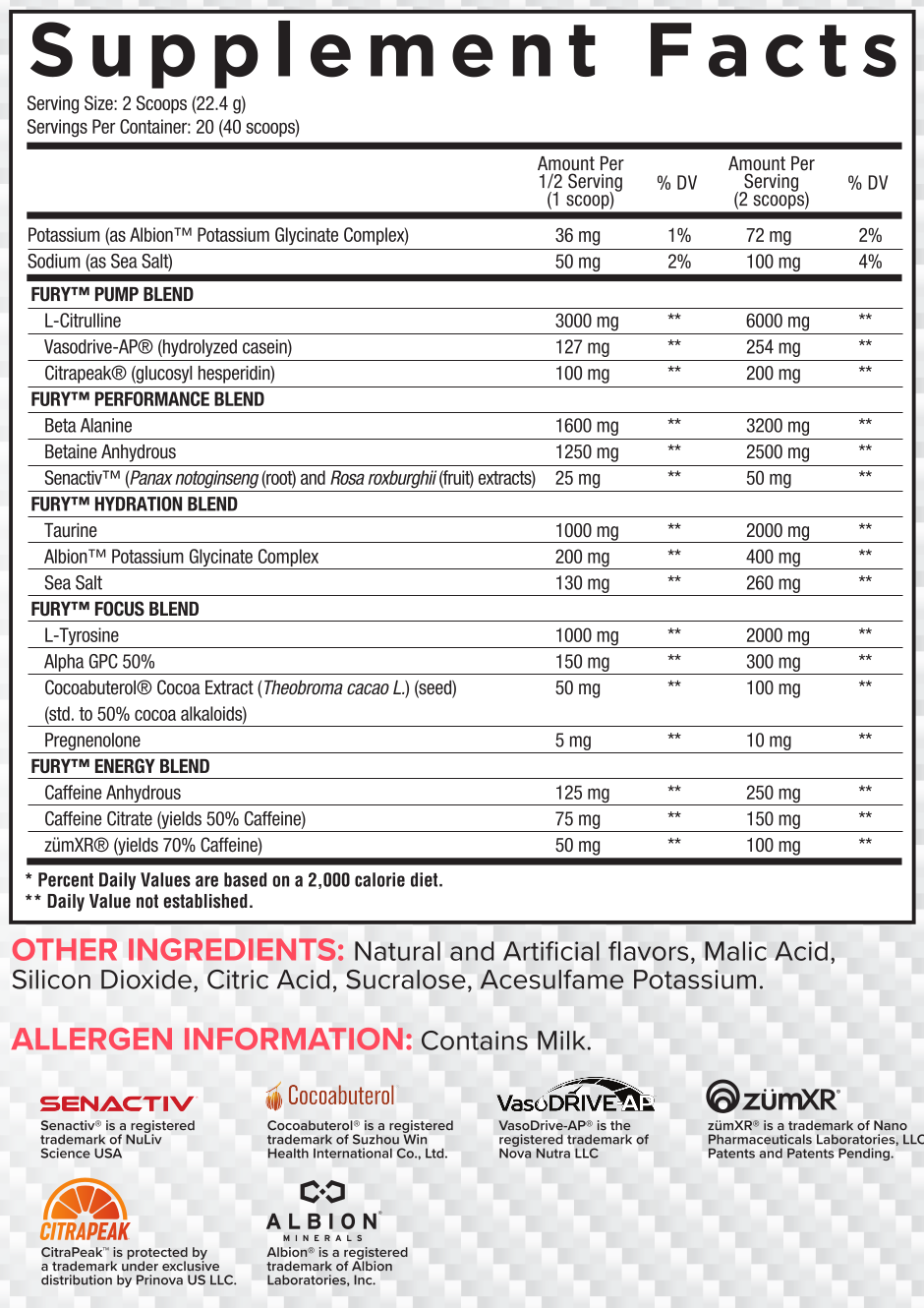
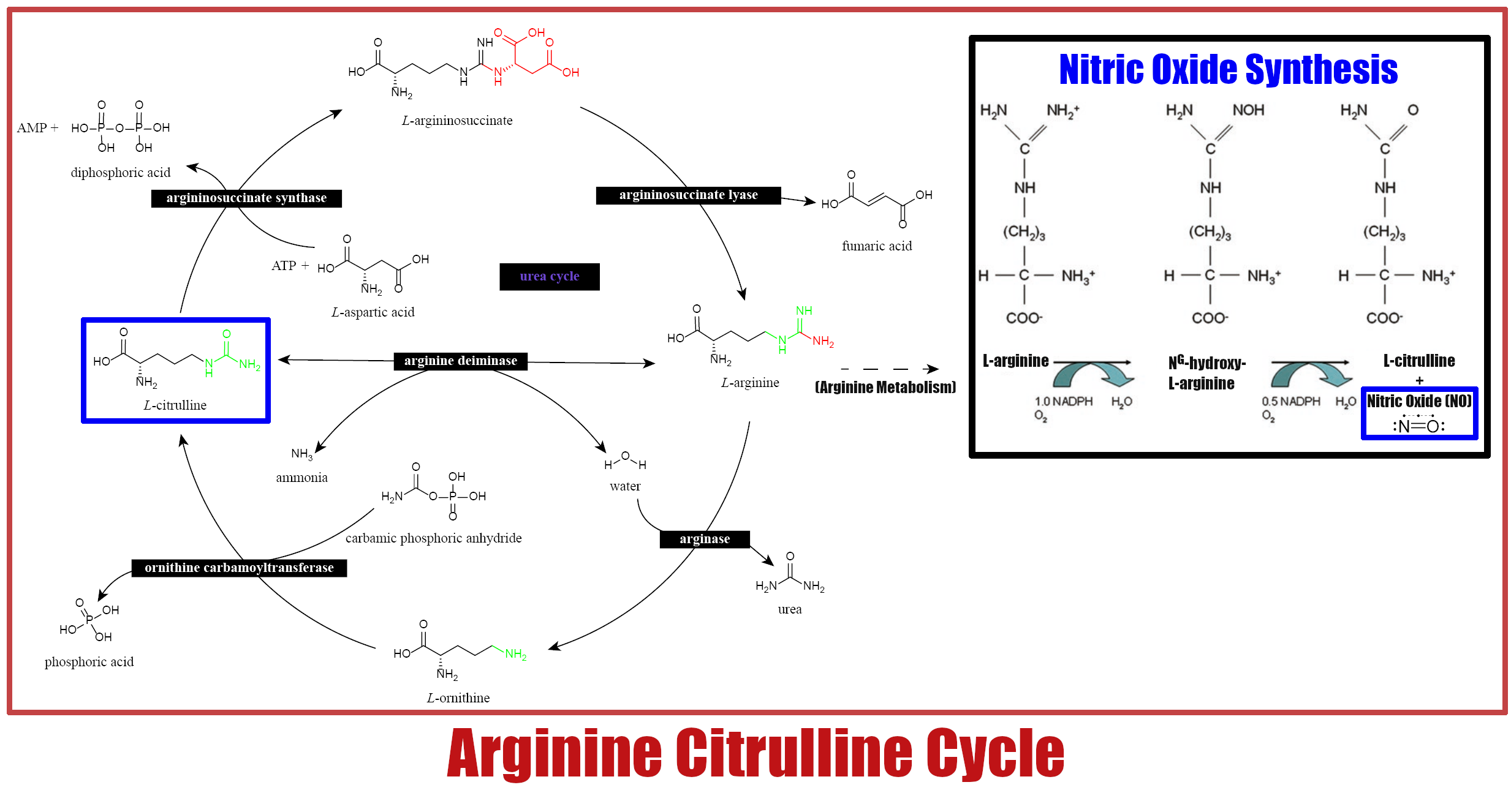

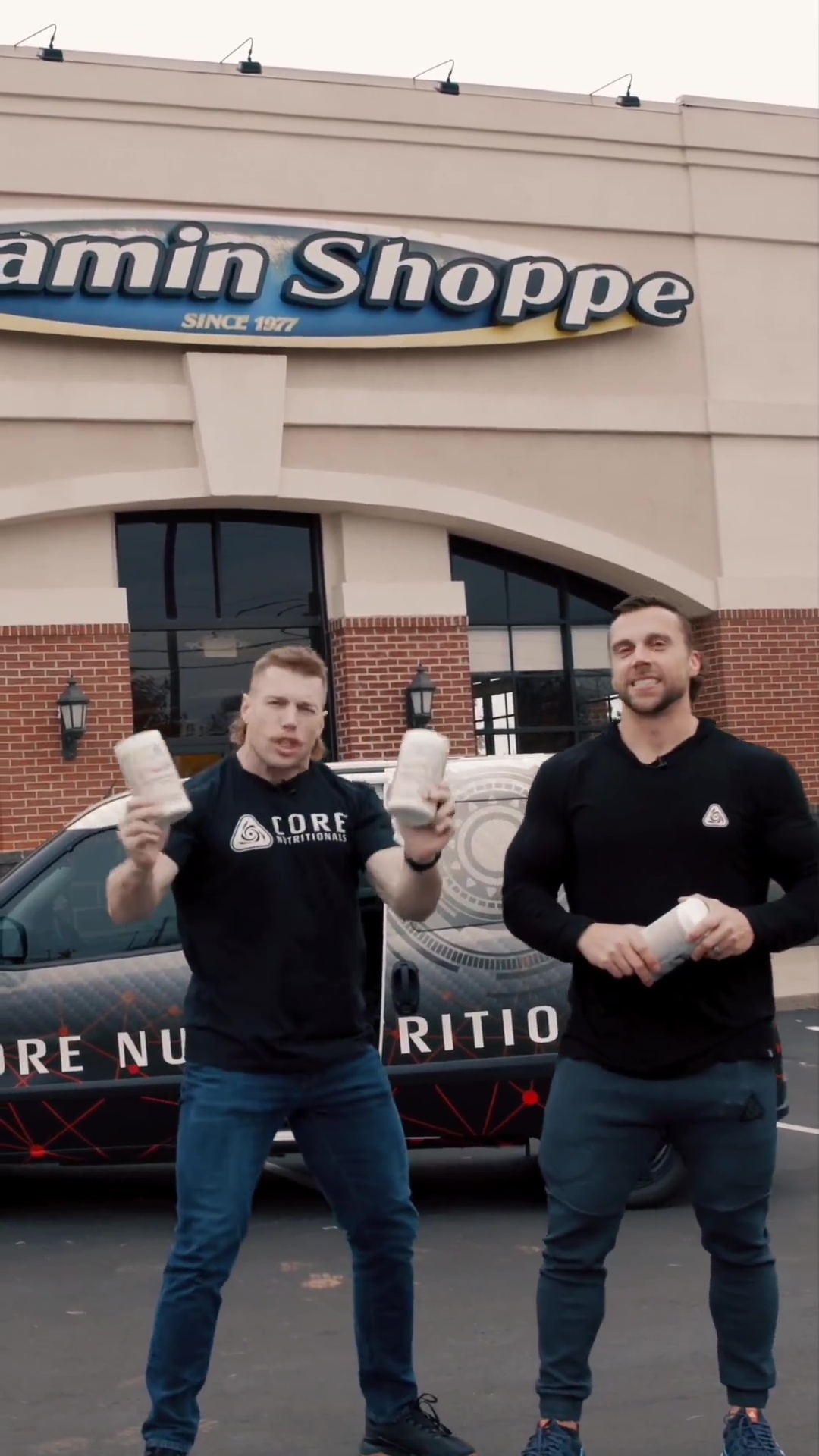
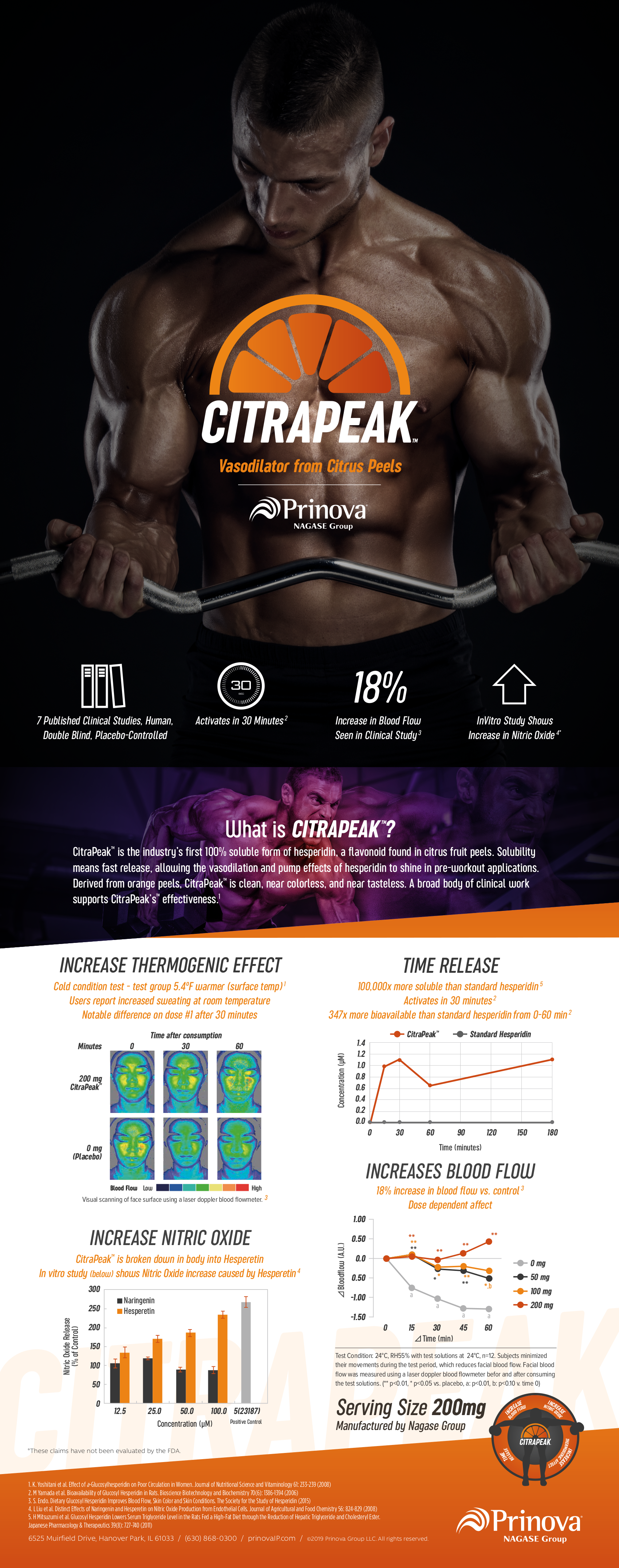
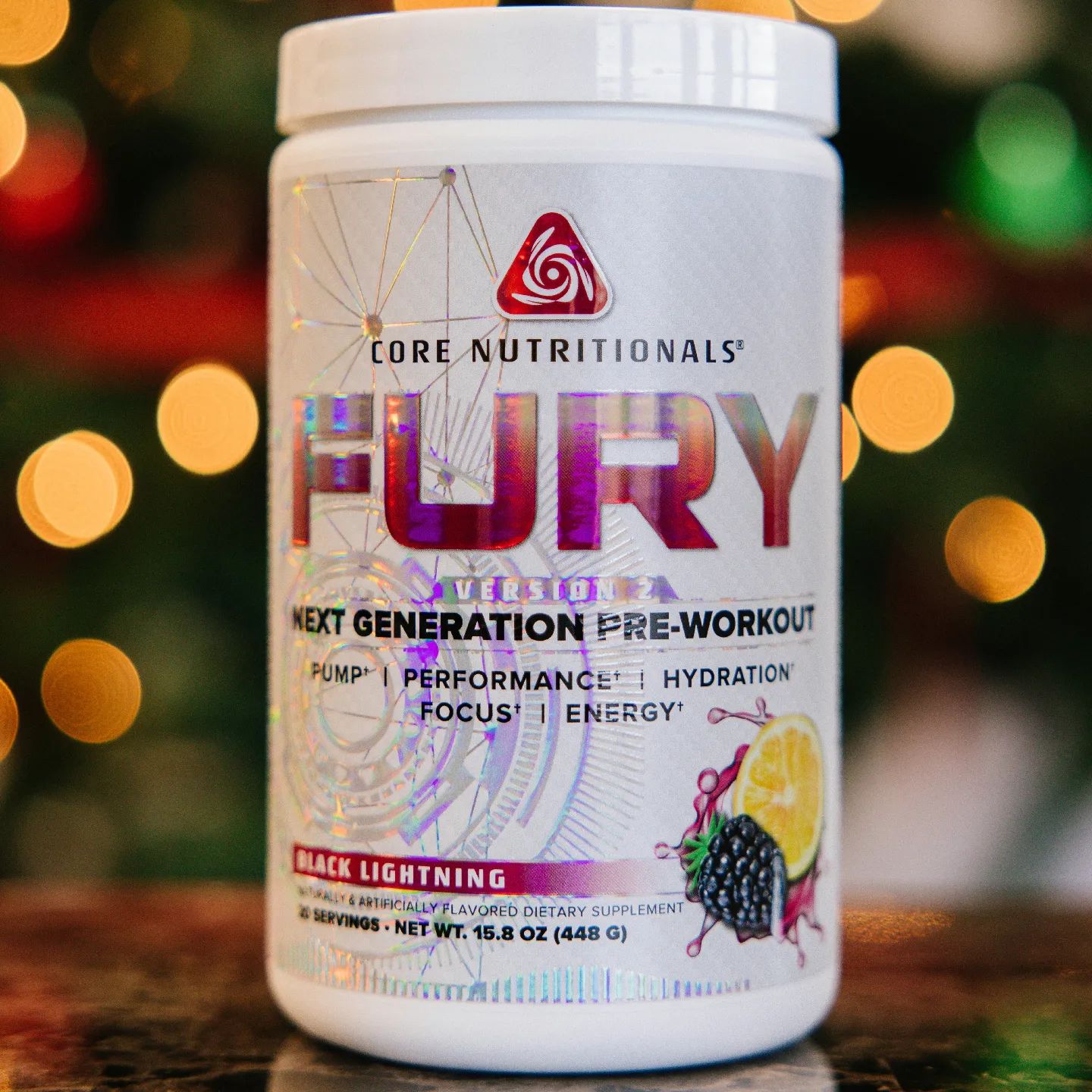
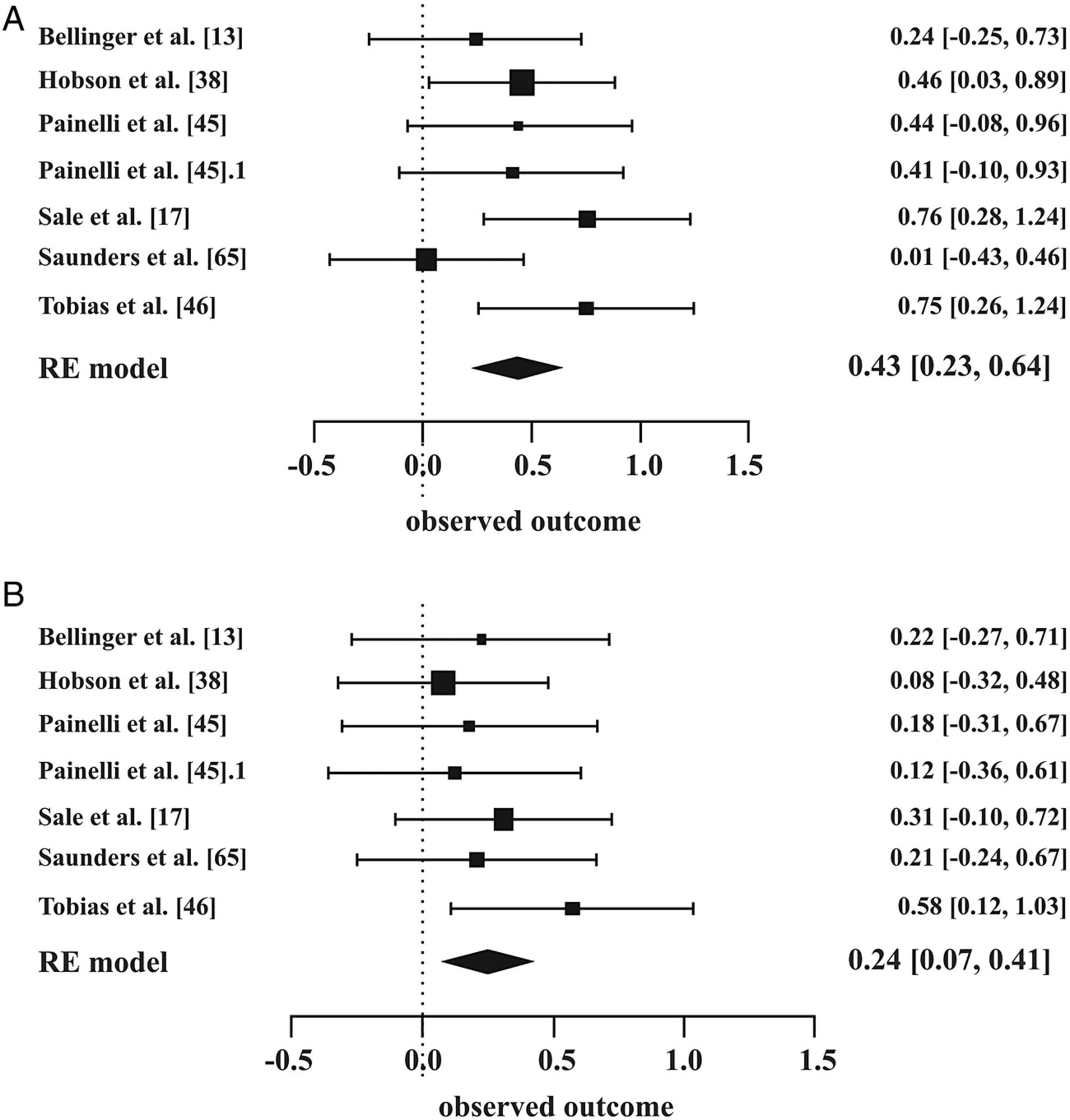

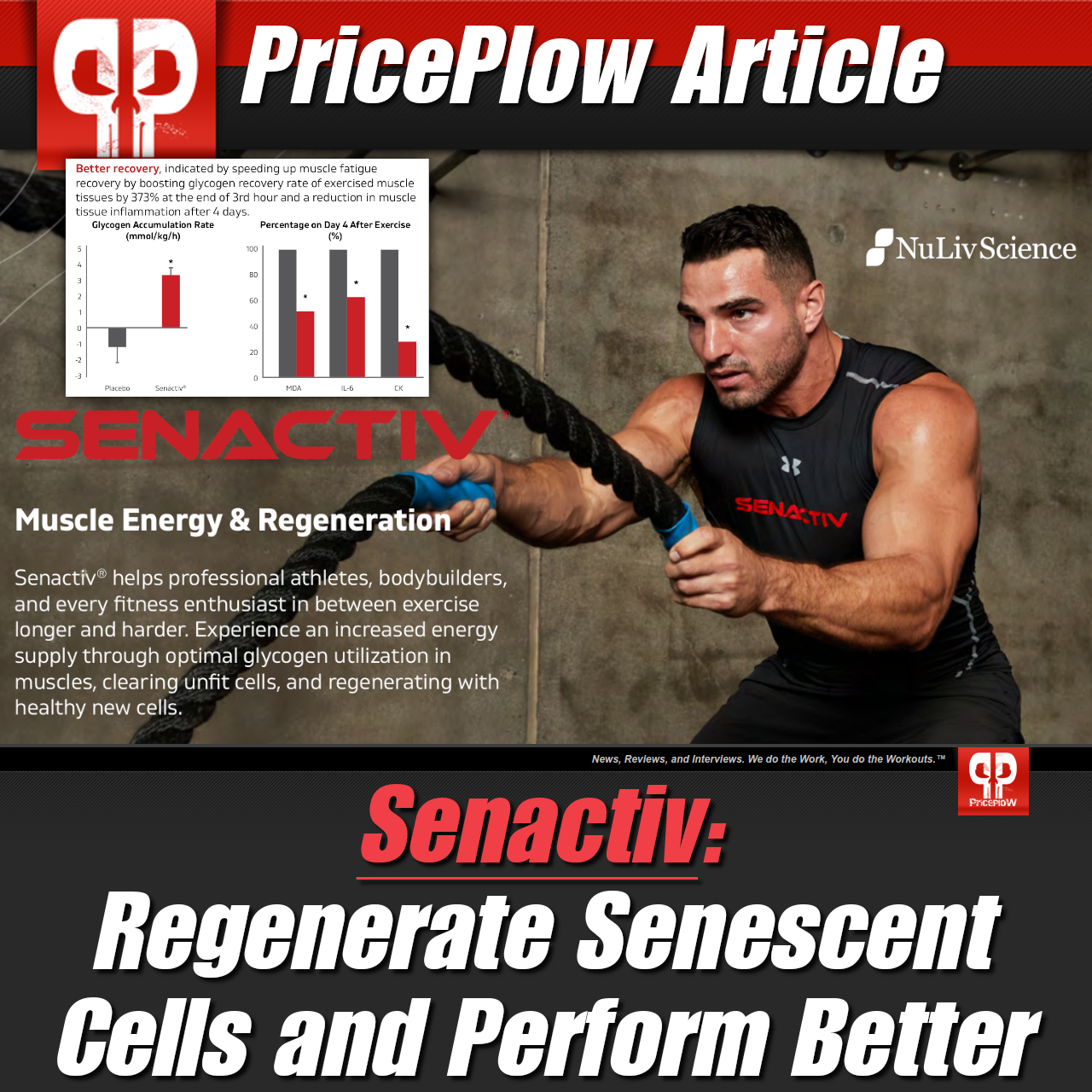
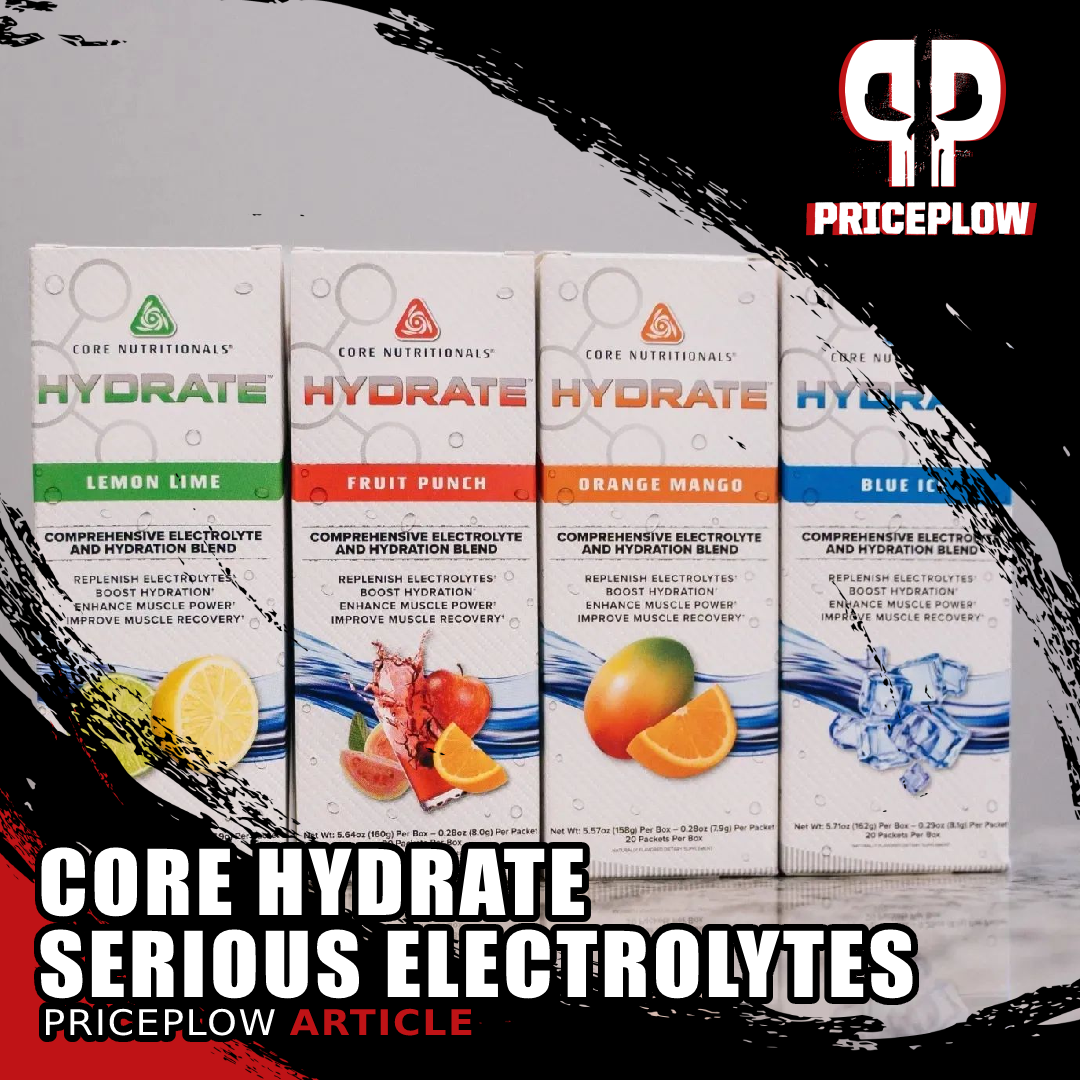
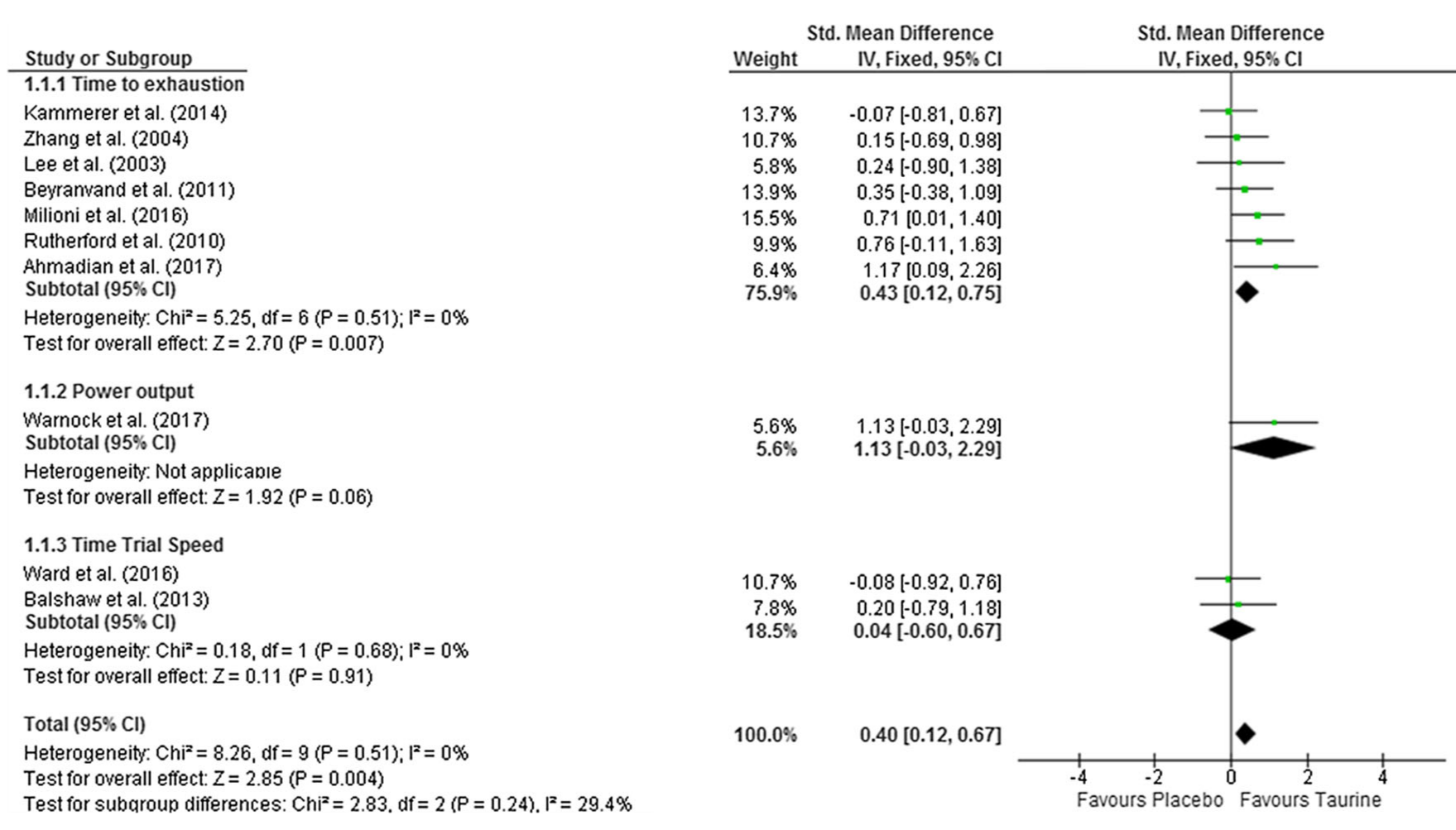
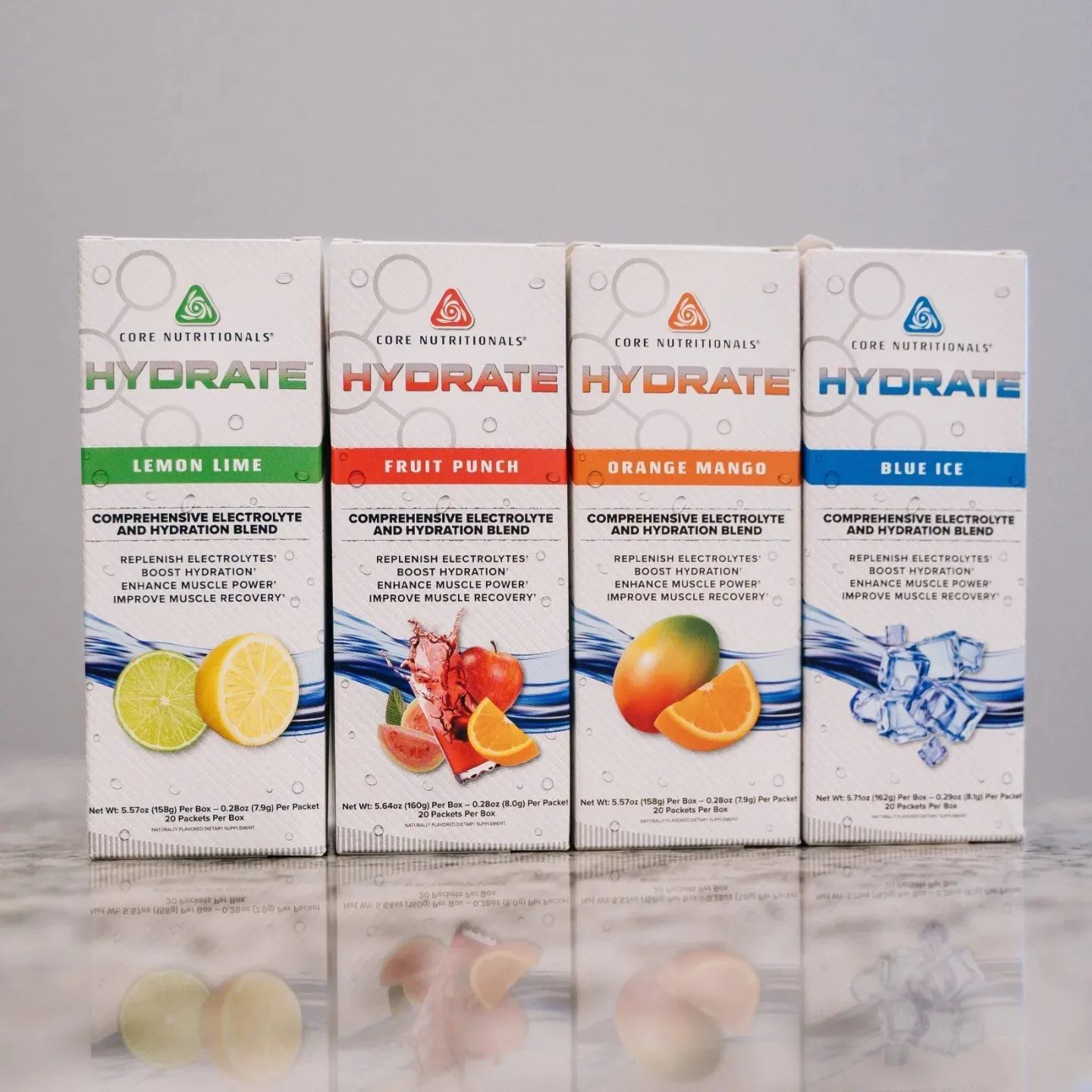
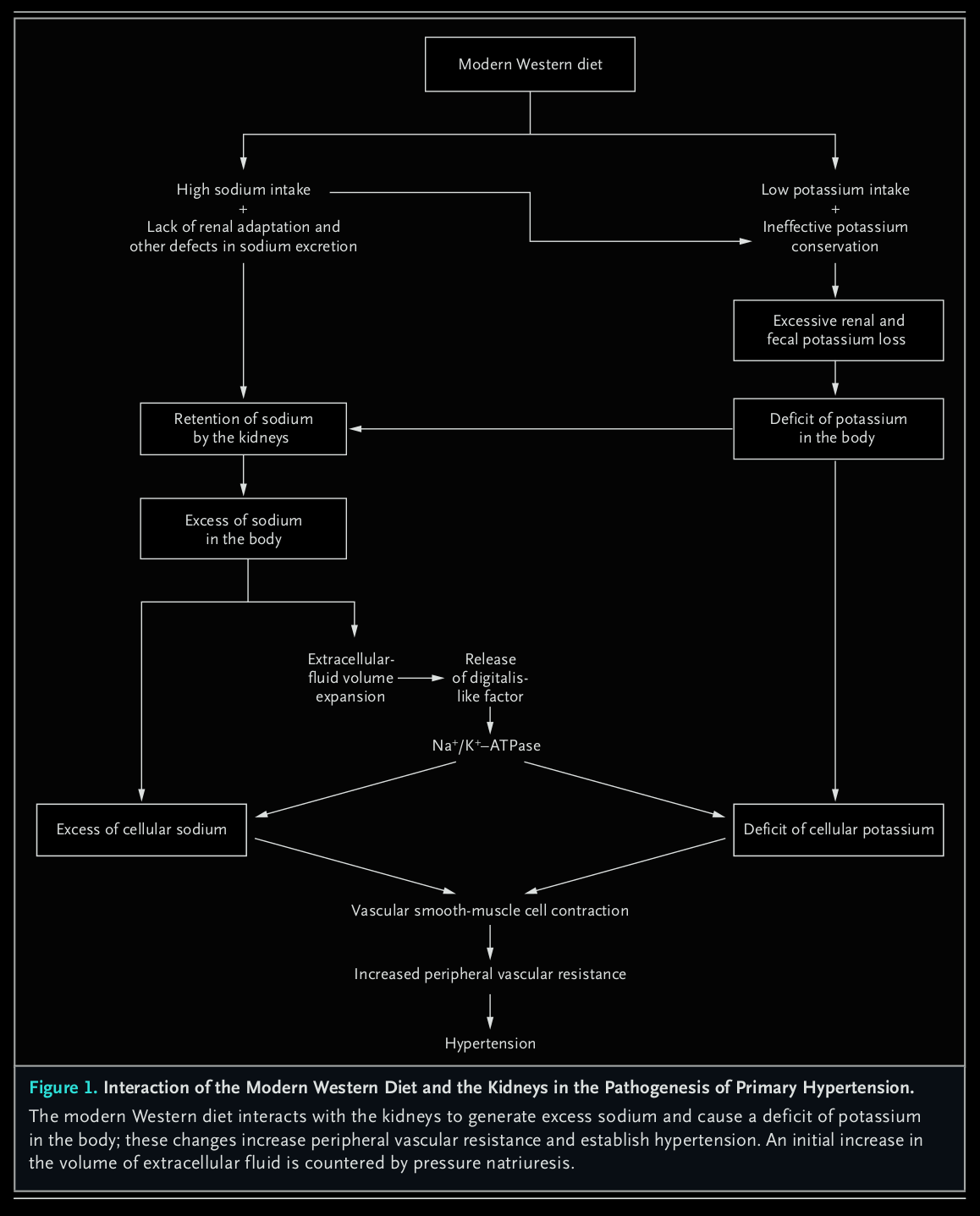
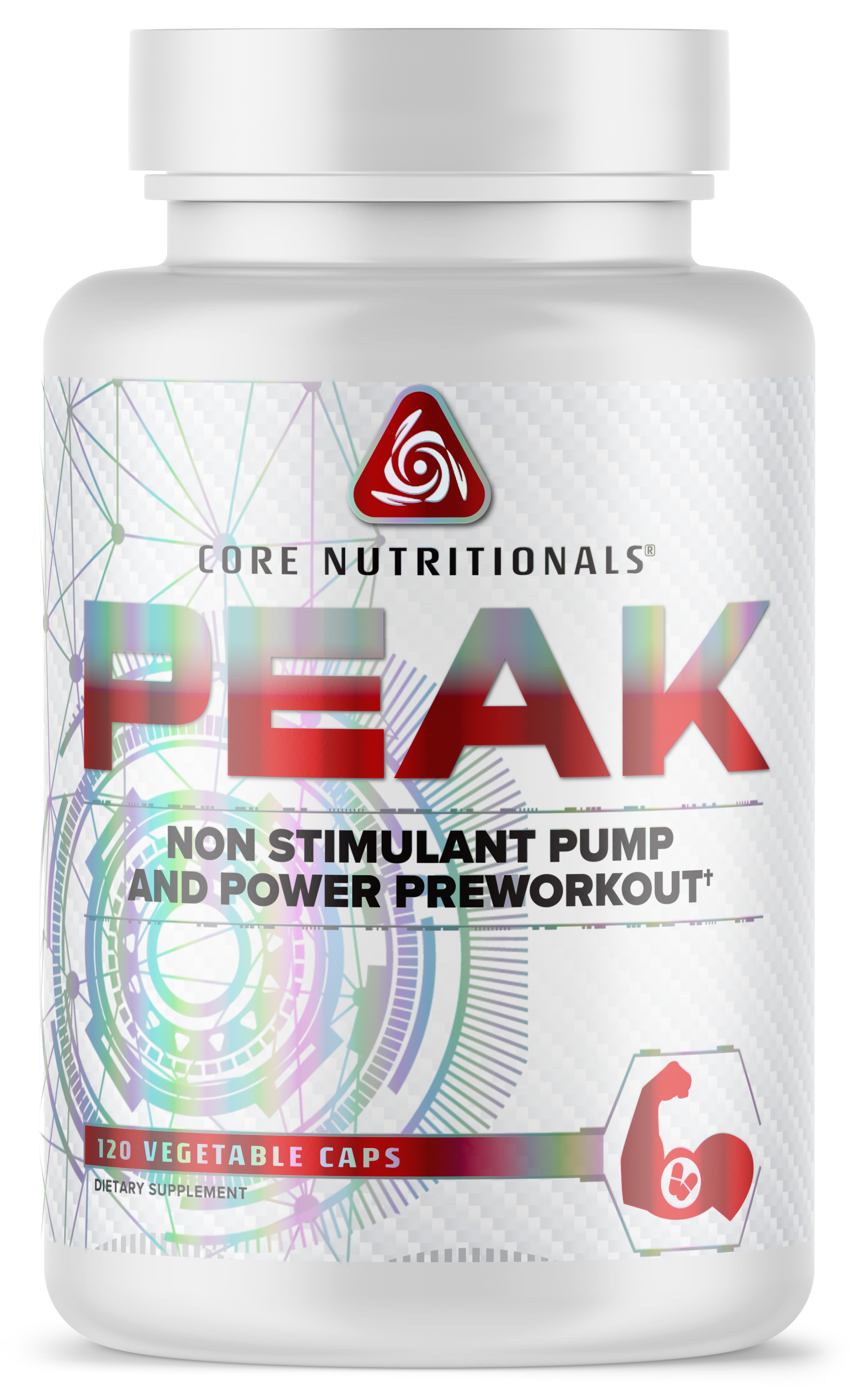
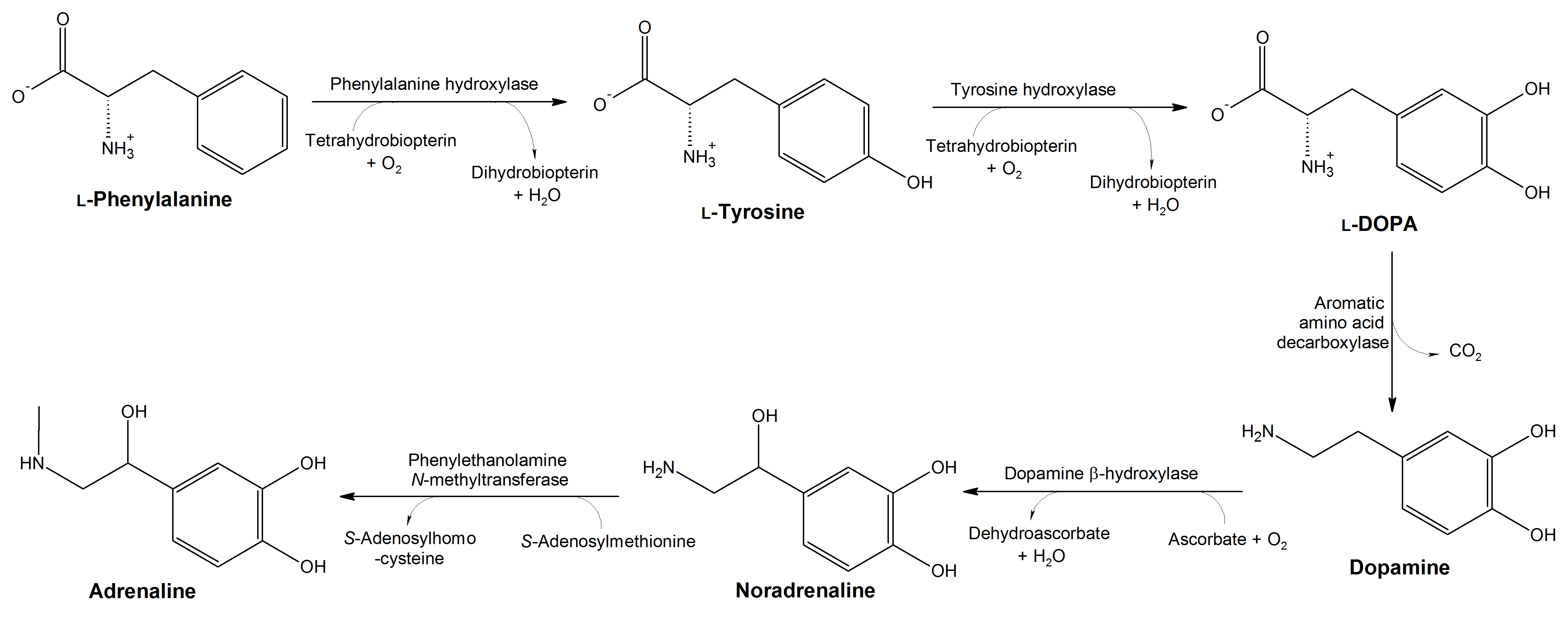
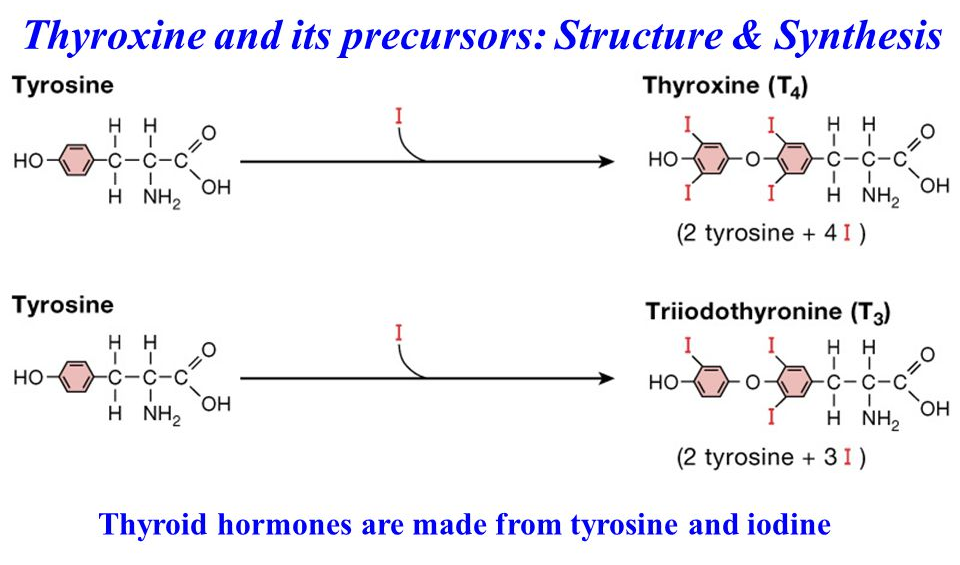
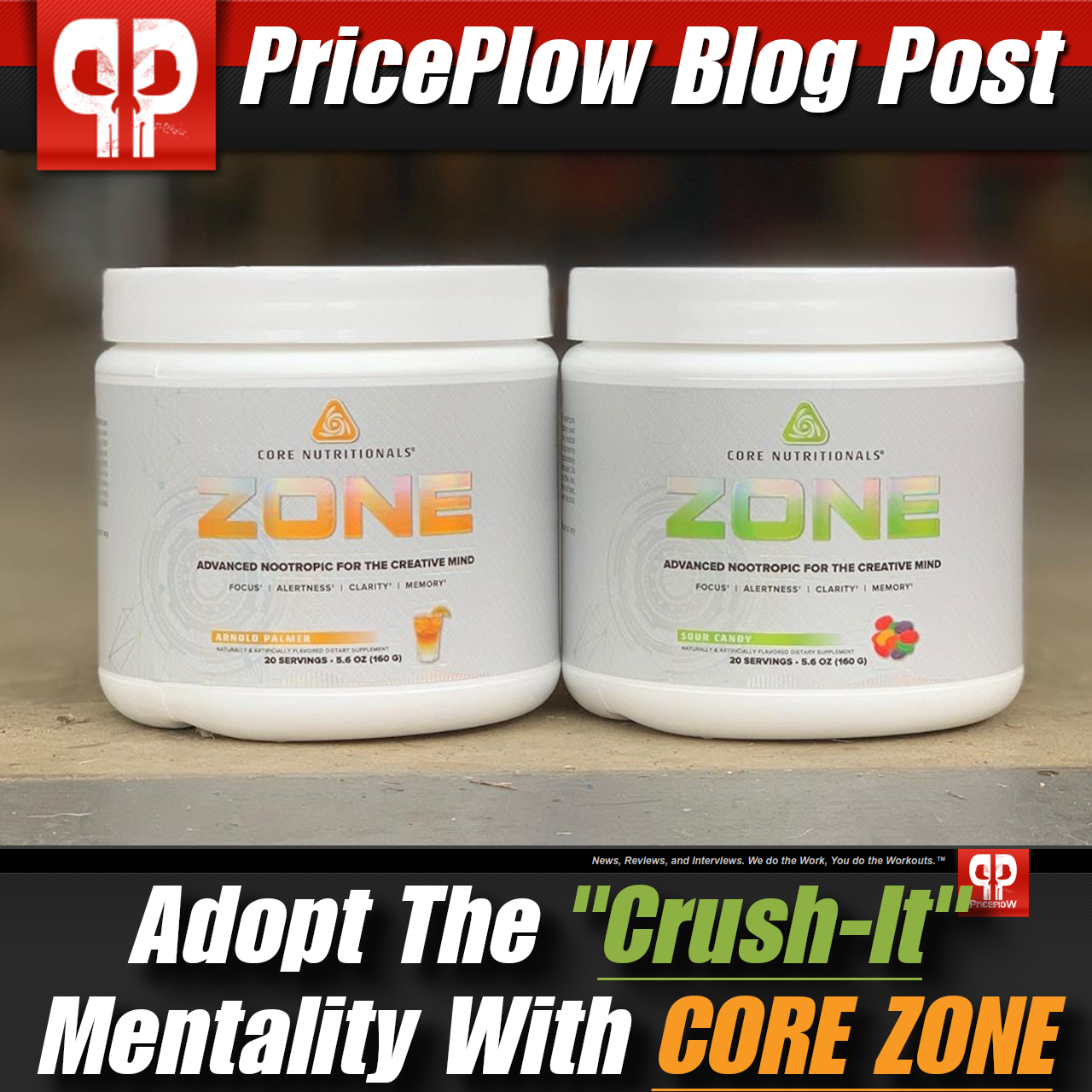
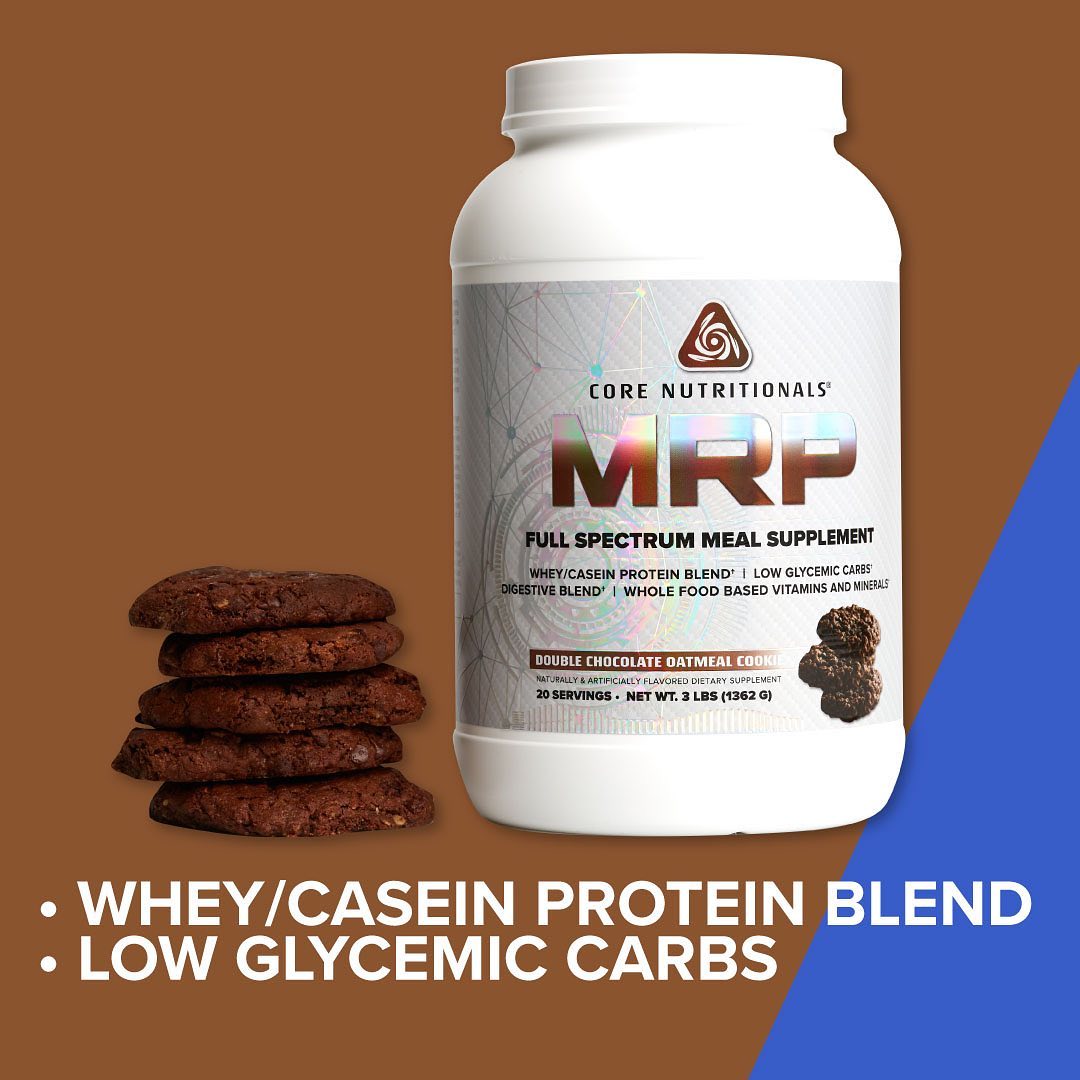
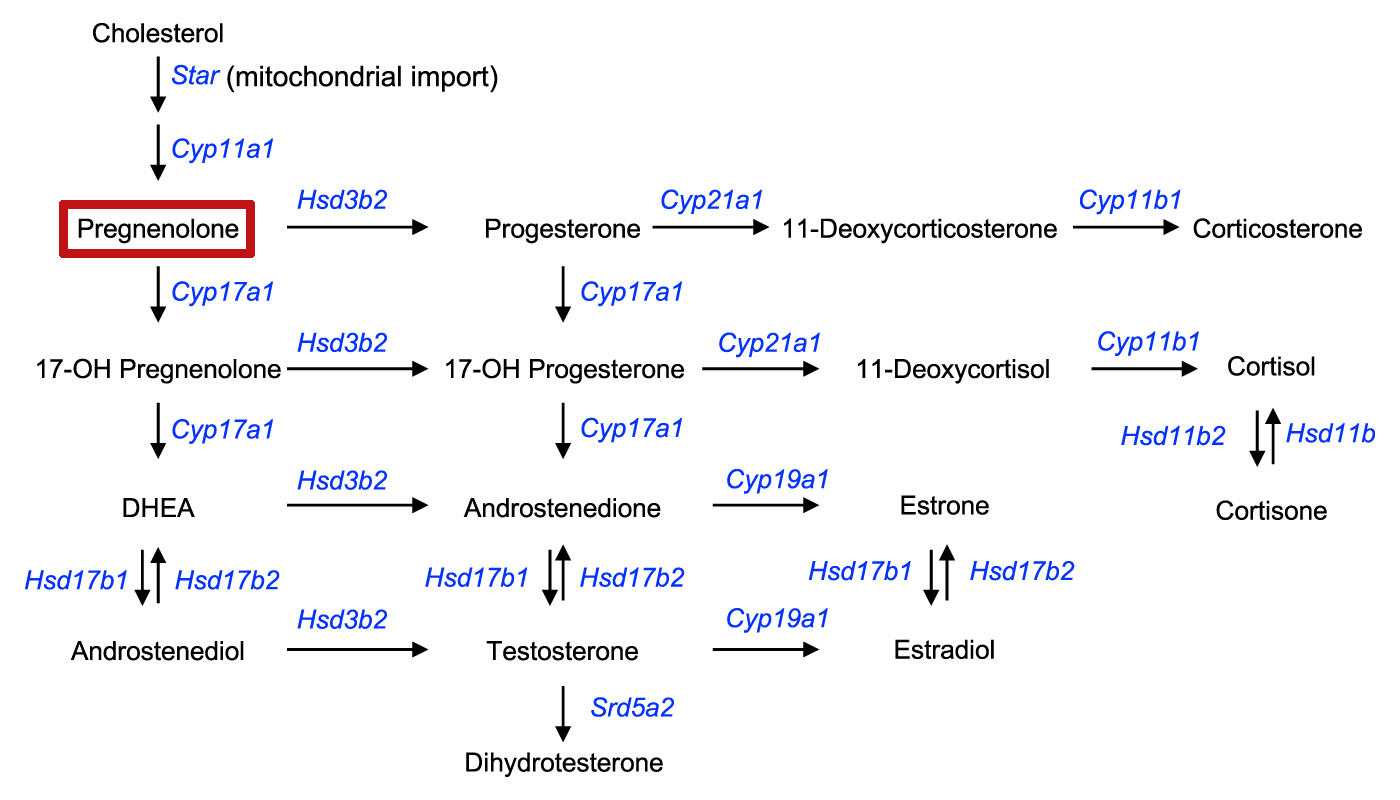

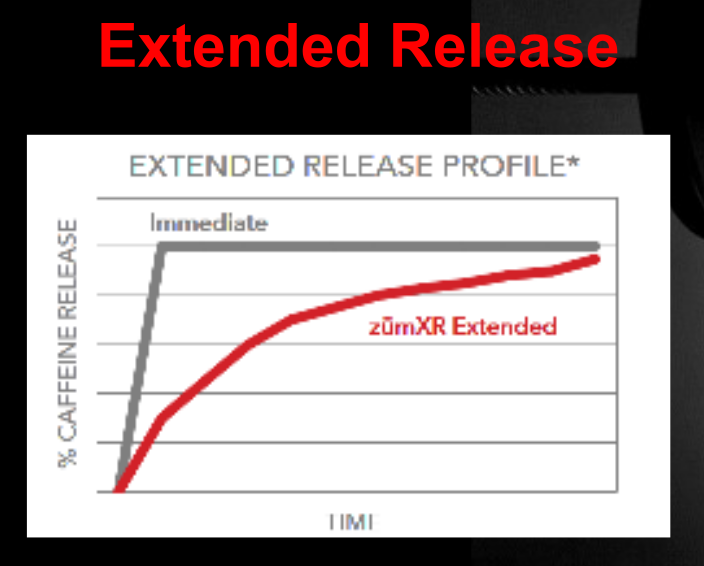
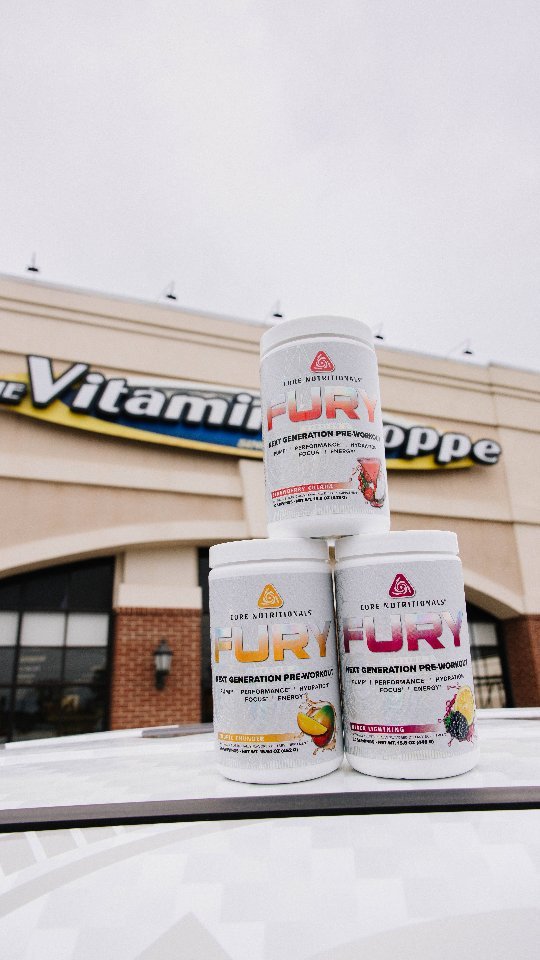
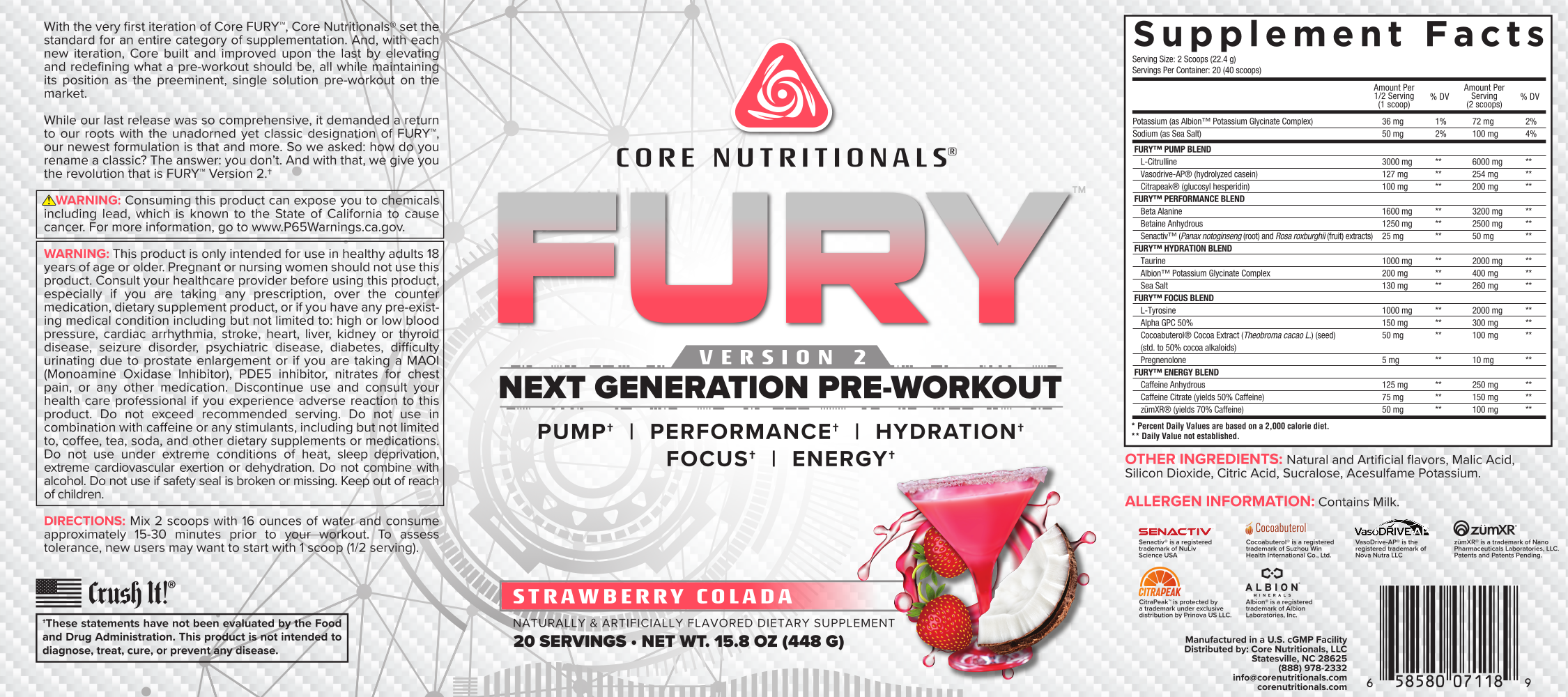


Comments and Discussion (Powered by the PricePlow Forum)